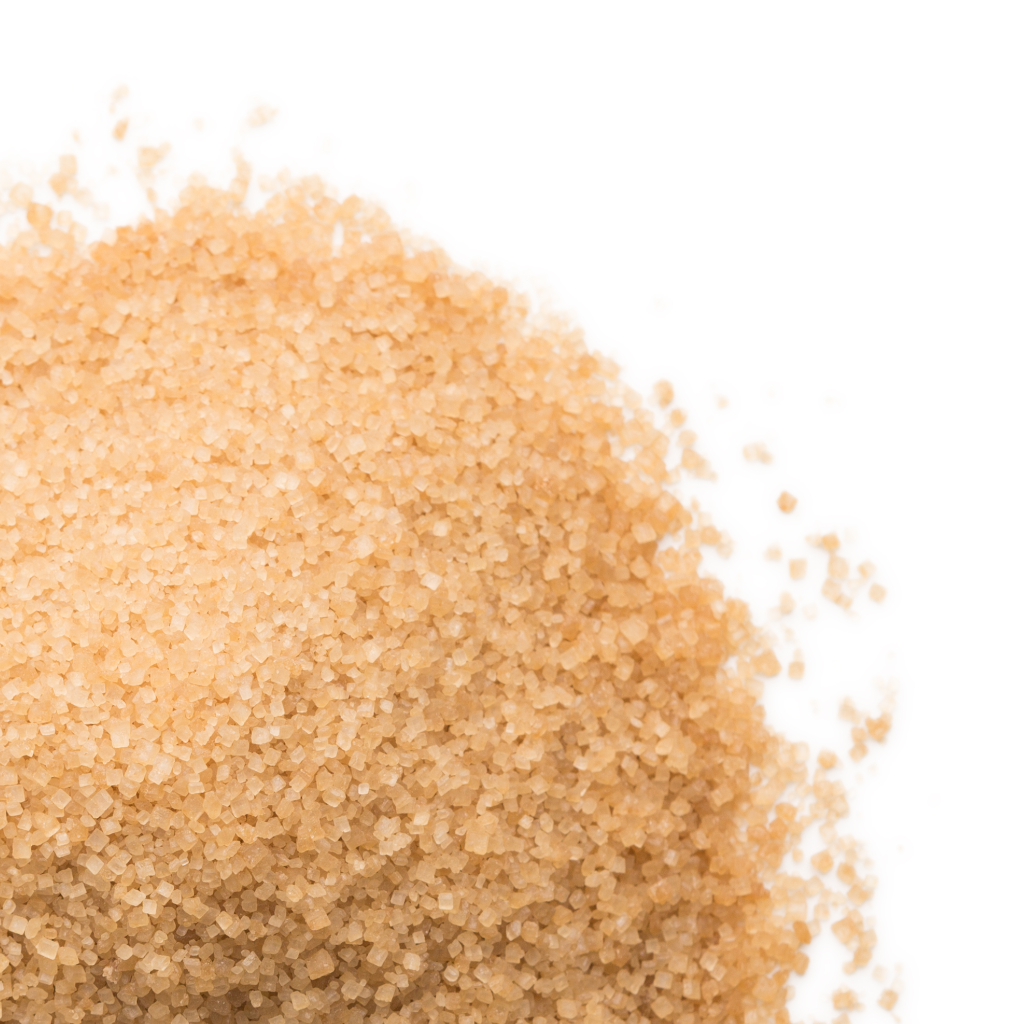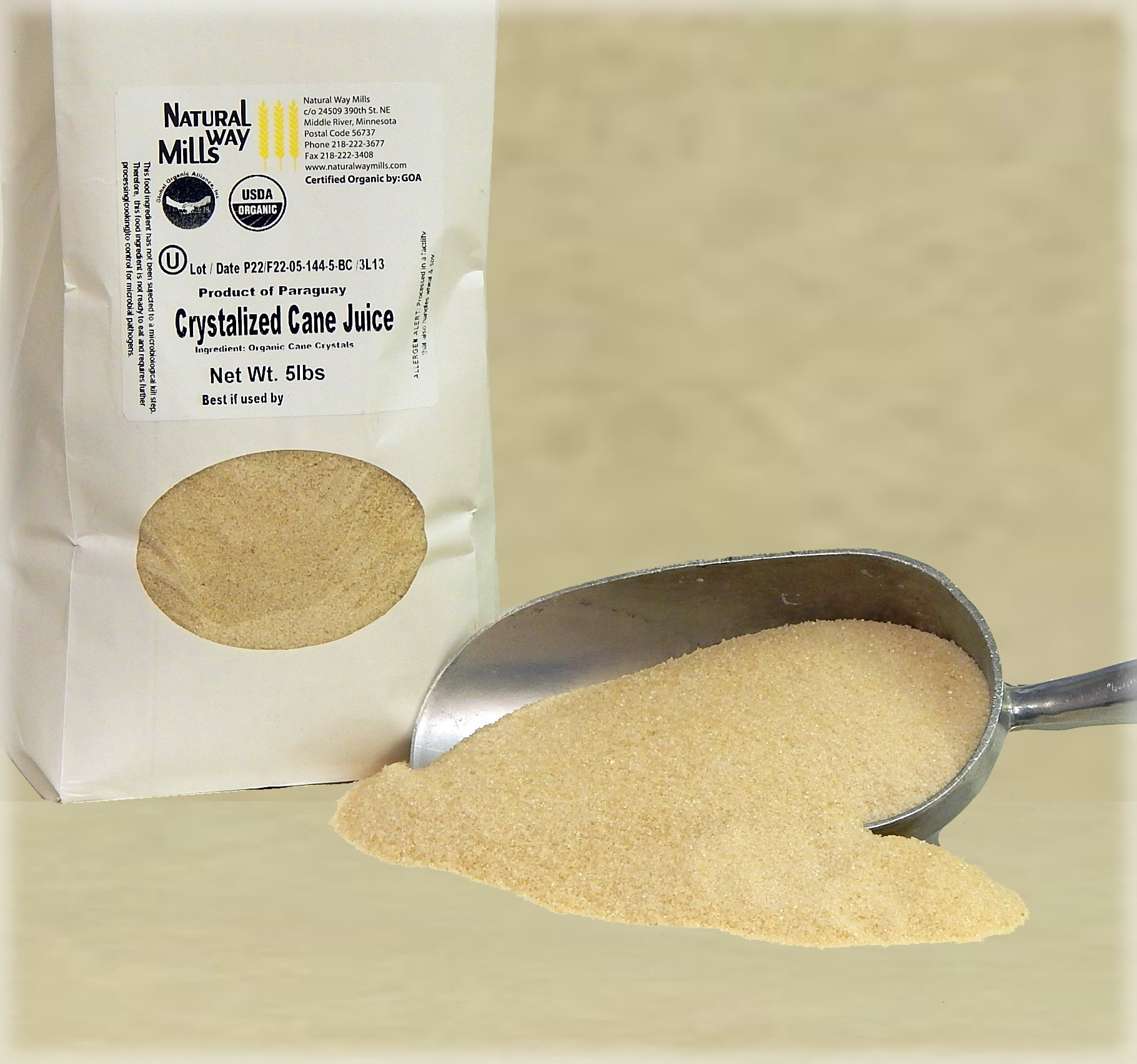FAQs About sugar cane products and Their Role in Sustainability
Revealing the Manufacturing Keys Behind Sugar Cane and Its Diverse Series Of Products
The manufacturing journey of sugar cane is elaborate and multi-faceted. It starts in the fields, where mindful harvesting techniques set the phase for suitable sugar extraction. The procedure involves several stages, including juice removal and refining - sugar cane products. However, sugar cane's potential expands far past simple sweet taste. Technologies in handling and sustainable methods are improving its role in modern-day industries. What exists in advance for this flexible plant? The answers might surprise those interested in its future
The Journey of Sugar Cane: From Field to Factory

As sugar cane sways carefully in the exotic wind, it begins a transformative journey from field to factory. The vivid green stalks, rich in sucrose, are cultivated under suitable problems, taking advantage of ample sunlight and rainfall. Farmers very carefully check the development, making sure the plants reach their peak maturation, which is vital for optimizing sugar content.Once grew, the cane is planned for harvesting, where its coarse framework holds the assurance of pleasant items. The trip continues as the stalks are transported to processing centers, where they undertake a collection of thorough actions. At the manufacturing facility, the cane is cleaned, shredded, and pushed to extract the juice. This juice is then made clear and evaporated, paving the way for condensation. Each phase of this journey is crucial, as it ultimately figures out the high quality of the sugar and various other items obtained from this flexible plant.
Gathering Methods: The Very First Step in Production
Gathering sugar cane calls for accuracy and skill, as the timing and technique directly impact the top quality of the end product. The procedure typically begins with figuring out the suitable harvest time, which is vital; sugar content peaks prior to the plant gets to complete maturity. Cultivators frequently depend on experience and farming signs to make a decision when to harvest.Two major strategies dominate the harvesting landscape: guidebook and mechanical methods. Hand-operated harvesting, though labor-intensive, enables for cautious option of stalks and lessens damage. Workers make use of machetes to cut the cane close to the base, making certain the stalks stay intact for processing.Mechanical harvesting, on the various other hand, utilizes specific equipment to reduce and accumulate the cane promptly. While this technique greatly boosts efficiency, it might lead to higher degrees of debris and reduced sugar content. Eventually, the picked method affects not only the quantity yet also the high quality of sugar cane delivered to processing centers.
The Removal Refine: Unlocking the Sweetness
The removal process is crucial for changing gathered sugar cane right into sweet juice. Numerous techniques of juice removal can considerably affect the quality and return of the end product. Recognizing these techniques is essential for taking full advantage of the advantages of sugar cane manufacturing.
Collecting Techniques Discussed
Releasing the sweetness of sugar cane starts with exact harvesting strategies that guarantee maximum yield and high quality. The procedure commonly involves cutting the cane at ground degree, guaranteeing very little damages to the plant and permitting for regrowth. Harvesters commonly make use of machetes or specialized machines, depending on the scale of the operation. Timing is vital; gathering happens when the sugar material reaches its height, normally throughout completely dry periods. In addition, employees must be educated to determine the most effective stalks, avoiding those that are also old or infected. Effective transportation to processing facilities is additionally crucial, as hold-ups can lead to sugar degradation (sugar cane products). These precise strategies eventually lay the structure for creating top quality sugar and its varied spin-offs
Juice Removal Methods
Juice extraction is an essential step in transforming sugar cane right into its sweet significance. This procedure generally entails several techniques, each designed to successfully remove the sugary fluid from the fibrous stalks. The most common strategy is milling, where the sugar cane is crushed between hefty rollers to release the juice. An additional technique is diffusion, which utilizes blog here hot water to liquify the sugar from the cane fibers, making it a much more reliable alternative for large-scale operations. Additionally, some producers utilize screw presses, which use mechanical stress to remove juice. After removal, the juice undergoes explanation to eliminate impurities prior to further handling. Each method mirrors the market's focus on making best use of yield and ensuring top notch sugar production.
Refining Sugar: Changing Raw Cane Into Granulated Gold
The refining process is crucial for converting raw cane sugar into the pure, granulated product consumers recognize. sugar cane products. This involves a series of removal and filtration actions to get rid of impurities, adhered to by condensation and drying out techniques that improve the sugar's top quality. Understanding these techniques reveals the elaborate transformation from cane to the gold granules that sweeten many foods and drinks
Extraction and Filtration Process
A critical phase in the sugar manufacturing trip entails the extraction and filtration of juice from newly harvested sugar cane. This process starts with squashing the cane to launch its sweet juice, usually making use of huge rollers or mills. The extracted juice has not only sugar but likewise pollutants, consisting of fibers and mud. To assure the juice appropriates for further refining, it goes through a filtering procedure. This involves passing the juice via different filters and clarifiers to remove solid bits and unwanted materials. Chemicals such as lime may be added to help in the information procedure. The result is a clear, raw cane juice that functions as the structure for generating refined sugar, all set for subsequent stages of handling.

Crystallization and Drying Out Techniques
After the extraction and filtration processes generate clear raw cane juice, the following action in sugar production is formation. This process entails steaming the juice to evaporate water, allowing sugar molecules to develop crystals. As the liquid thickens, it reaches supersaturation, motivating sugar to take shape. The mixture is then cooled, promoting additional crystal formation. When formation is complete, the sugar crystals are separated from the remaining syrup via centrifugation.The final stage involves drying, where the crystals are exposed to warm air to get rid of recurring moisture. This step is important, as it ensures the item accomplishes the desired granulation and shelf security. The outcome is pure, Continue granulated sugar, all set for packaging and distribution.
Beyond Sweet Taste: Diverse Products From Sugar Cane
While sugar cane is mostly recognized for its wonderful flavor, its convenience extends far past simple sweet taste. This durable plant functions as the source for a myriad of items that deal with diverse industries. Ethanol, stemmed from sugar cane fermentation, plays an important function in renewable resource, serving as a cleaner option to fossil gas. In addition, molasses, a byproduct of sugar refining, is utilized in animal feed, along with in cooking and fermentation processes.Sugar cane's fibrous residue, recognized as bagasse, is not wasted; it is transformed right into eco-friendly packaging materials and functions as a biomass gas source. Furthermore, different sugars and syrups gotten from sugar cane locate applications in the food and drink field, adding to flavor and conservation. The plant's leaves can be utilized for thatching, while its juice is taken in as a renewing beverage in many cultures. Sugar cane exhibits farming capacity beyond its sugary credibility.
Developments in Sugar Cane Processing
As innovations in modern technology remain to reshape various sectors, sugar cane handling is experiencing a considerable improvement. Modern developments, consisting of automated harvesting and accuracy agriculture, are enhancing performance and return. Drones and sensors monitor plant health and wellness, allowing farmers to maximize irrigation and nutrient application, inevitably boosting productivity.In handling centers, state-of-the-art machinery and tools streamline operations. Advancements such as enzymatic processing and progressed purification strategies enhance the extraction of sugar while minimizing waste. Furthermore, the fostering of real-time data analytics makes it possible for makers to keep an eye on processes closely, guaranteeing quality assurance and minimizing downtime.Biotechnology is additionally playing an essential function; genetic engineerings enhance sugar cane's resistance to insects and ecological stressors. These developments not just add to higher sugar returns however additionally facilitate the production of diverse byproducts from the cane, increasing its industrial applications. Overall, these technologies are paving the way for a more effective and sustainable sugar cane processing sector.
The Future of Sugar Cane: Sustainability and Bioproducts
The future of sugar cane production is progressively linked with sustainability and the growth of bioproducts. As global demand for eco-friendly alternatives increases, the sugar cane market is rotating towards techniques that decrease environmental impact. Advancements in farming strategies, such as accuracy agriculture and incorporated pest management, purpose to improve yield while decreasing resource consumption.Furthermore, sugar cane is being explored as a basic material for biofuels, bioplastics, and various other lasting products. These bioproducts not only offer a renewable alternative to typical fossil fuels and plastics however likewise add to a circular economic situation by utilizing waste materials.Research and development in biotechnology are leading the way for enhanced sugar cane varieties that require much less water and plant foods, even more promoting sustainability. By embracing these improvements, the sugar cane market can safeguard its future while resolving critical ecological obstacles, showing its possible as a foundation of sustainable development.
Regularly Asked Inquiries
What Are the Ecological Impacts of Sugar Cane Farming?
The environmental impacts of sugar cane farming consist of logging, soil degradation, and water pollution. In addition, using pesticides can harm biodiversity, while monoculture techniques lower ecological community durability, positioning long-term sustainability obstacles for agricultural practices.

Just How Does Sugar Cane Compare to Various Other Sugar Nutritionally?
Sugar cane, rich in Full Article carbs, provides power however does not have vital nutrients contrasted to alternatives like honey or syrup, which offer minerals and vitamins. Its high glycemic index additionally raises worries over blood sugar spikes.
What Are the Health And Wellness Conveniences of Consuming Sugar Cane Products?
The wellness benefits of consuming sugar cane products consist of boosted digestion, enhanced energy degrees, and possible antioxidant homes. In addition, they may support hydration and offer vital minerals and vitamins, contributing favorably to total health.
Exactly How Is Sugar Cane Waste Utilized After Handling?
After handling, sugar cane waste is made use of in different means, consisting of biofuel manufacturing, animal feed, and organic fertilizers. This sustainable method decreases ecological influence while making the most of resource effectiveness within the sugar industry.
What Are the Historic Beginnings of Sugar Cane Farming?
